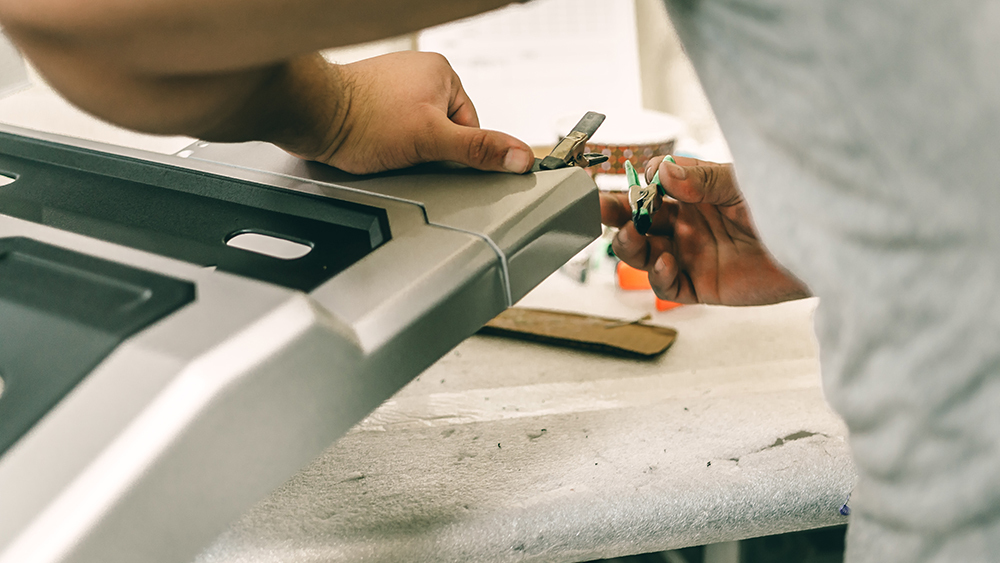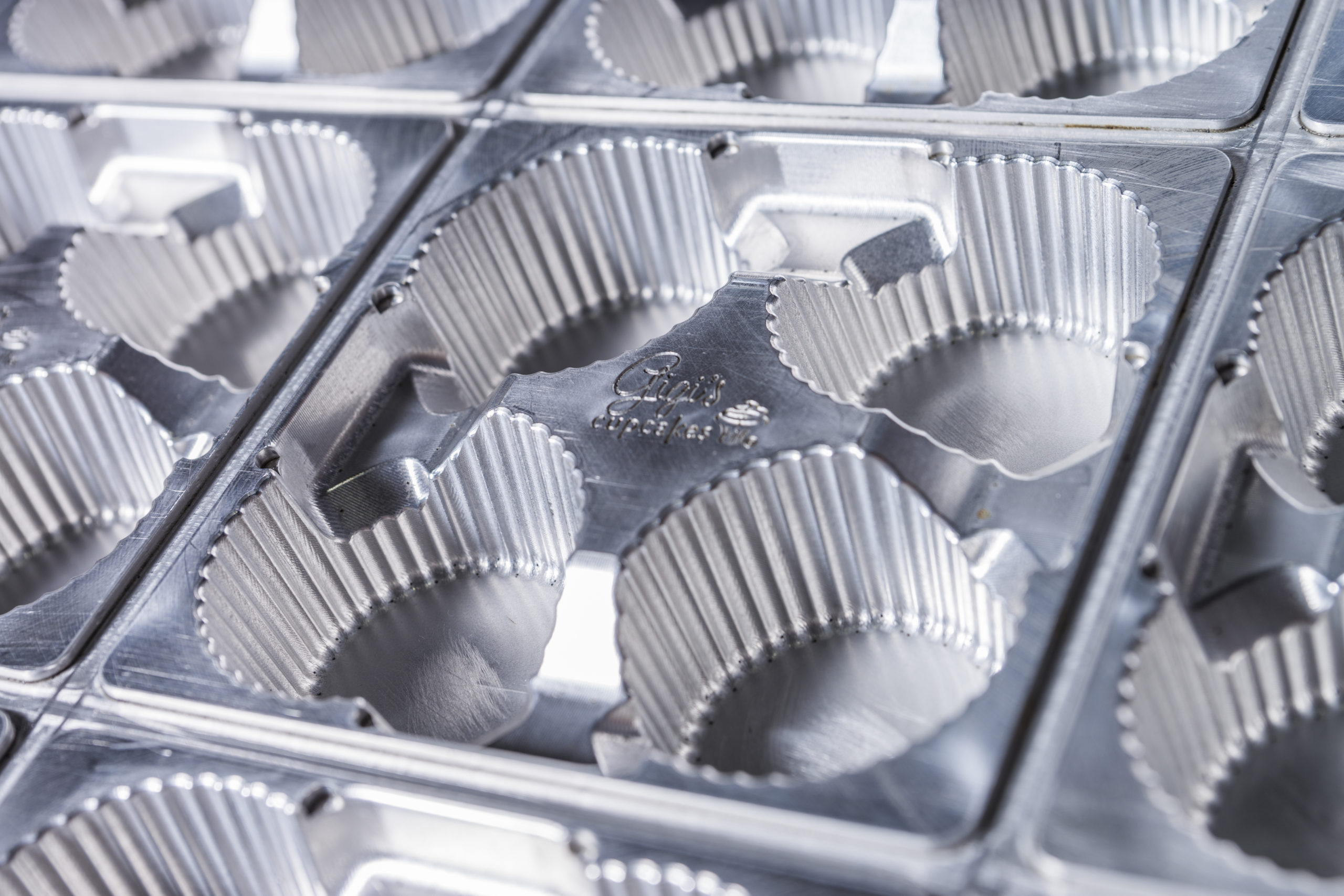Thermoforming: What You Need To Know
Thermoforming is a manufacturing process by which plastic sheets are heated until they are in a state where they can be easily molded and formed for the purpose of creating a wide variety of consumer products. It’s how we have the plastic cups we drink from, the various components that hold our cars together, and the packaging responsible for safely transporting medical devices, as well as many of the parts of said medical devices. Thermoforming is what gives us all these important items and many more.
The process itself is popular because it tends to have a modest upfront cost, and the types of plastic products it can produce are endless in their possibilities with consistent innovation and imagination driving the manufacturing process.
One may assume that “low cost” equates to a lack of competition, but this simply isn’t true. Cost is always a consistent factor in every industry, and with increased funds comes an increased ability to create more diverse plastic components. Of course larger companies can have larger operations, but there are still numerous niches of the thermoformed plastics industry that smaller companies can be and are competitive in.

What is involved in the Thermoforming Process
What does the process of thermoforming typically involve? Some of the key components of the thermoforming process involve the thermoformer itself and the various raw materials that are made into consumer products. These come in a wide variety of plastics that often require specialized tools in order to be shaped into the desired form. These consist of the thermoformer itself including the mold where the raw materials will be heated and formed into the desired shape, a source of heat, and a source of ventilation.
The type of capital required varies per project design and amount, however the right thermoforming company will be able to produce desirable products due to their experienced understanding of each step of the thermoforming process. The right thermoformer will know that even slight variations in temperature can result in warping and imperfections in the plastics. Also crucial is pre drying the raw materials to avoid air bubbles that can be ruinous for a sheet. Precision is key in every step of the process, and miscalculations or missteps can result in wasted materials, and perhaps worse, wasted time. Taking all of this into account is essential for effective thermoformed plastics production.
How does the Thermoforming Process work?
How does the thermoforming process work? Let’s take the process step by step. First the TUFFAK polycarbonate sheet, the raw material that will eventually be made into the desired plastic product, is pre-dried to avoid its physical properties becoming compromised. If this doesn’t take place, trapped moisture can be vaporized causing air bubbles or voids to form in the thermoformed part. Pre-drying occurs in an air circulating oven equipped with a vent to efficiently remove all moisture from the sheet. A temperature of 250 degrees Fahrenheit is ideal, as lower temperatures will require a longer amount of time to efficiently dry the sheet. Protective masking is removed from the sheet prior to pre-drying and then it is placed into the oven to begin its journey.
After pre-drying is completed, the sheet is ready to be thermoformed. There are a number of thermoforming techniques but the process itself involves the same steps. The pre-dried TUFFAK sheet is placed into the clamping frame of the thermoforming machine, the most efficient of which possess both top and bottom heater banks for heating the sheet. The reason for the machines not possessing a heating bank on just one side is because that would limit options of forming methods and there can be higher potential of overheating. Depending on the type of thermoforming machine, the temperature that the sheet is heated to can vary, but once the desired temperature has been achieved, the sheet is molded into the desired shape and begins to take the form of the final product.
Once the TUFFAK has been thermoformed into the product, the process still isn’t quite finished. If one has ever done any sort of baking, you may agree it would be unwise to eat a meal immediately out of the oven, because it would be far too hot. Just as with an oven baked meal, thermoformed plastics must be allowed to cool before they enter the next leg of their journey. Once the components have cooled, they must also be removed and trimmed.
Ins and Outs of the Thermoforming Industry
Competition is one of the most central elements of the thermoformed plastics industry. The industry of thermoformed plastics is responsible for the production of such a vast array of products, and many of these products are of the utmost societal importance. Taking this into account, it’s not surprising to learn that the industry is highly competitive and driven by the pursuit of quick production, optimal techniques in thermoforming, and finding the balance between lowering costs but raising the standard of the product. All things considered; customer satisfaction is the top priority.
Reliable Products
Reliability is something that every company wants to be known for. Companies are continuously looking for better ways to assure the consumer that whatever product they have in their possession is safe for use or consumption. Safety is always a priority, and packaging that possesses a mechanism that can clearly communicate with the consumer if there has been any tampering is of the utmost importance. When combined with the continuously growing desire for thinner and more lightweight packaging, this produces a fine line for companies to walk. Finding the ideal balance between having sturdy, secure packaging that is simultaneously lightweight and aesthetically appealing is a consistent driving factor for increased innovation.
Environmental Sustainability
The desire for more environmentally sustainable products and practices has become increasingly significant in the industry. Increased use of bioplastics has offered thermoforming companies a chance to step in and provide a much needed service. It has been observed that more and more consumers are willing to pay a higher price for more sustainable materials. This has become a central element of competition within the industry of thermoformed plastics and will likely remain so for the foreseeable future.
Automation
As has been seen in industries across the board, so too is automation playing a substantial role in the thermoformed plastics industry. With increased mechanization and the application of artificial intelligence (AI), thermoformed plastics manufacturers can innovate more rapidly than ever before. The products produced are becoming more intricate, production speed is increasing, and because of the advancement in technology, domestic companies are more capable in terms of competing with foreign producers.
For a company to be successful, they need to be as flexible and moldable as the very products they produce. Demands are constantly shifting, but what doesn’t seem to be changing anytime soon is that the market is only growing. Often larger clients will gravitate towards larger companies, while smaller clients will find their needs satisfied by more modest producers, therefore everyone has their role to play in the important shifts of consumer values
Where does Global Thermoforming Fit In?
Global Thermoforming is a company that takes all these key industry aspects into account in an effort to provide quality products at a prompt pace. Perhaps what makes Global Thermoforming stand out from the crowd is our wide variety of services. Our company offers versatile services, including thick gauge forming, thin gauge forming, secondary operations, engineered drawings, and mold making. Let’s take a moment to cover what each of these services entails.
While thick gauge forming is used for bulkier parts such as aerospace parts and automotive dash covers, thin gauge forming is most often used for smaller parts such as components used in the general retail, medical and food industries, including but not limited to lids, trays, containers, and cups. In addition to these types of thermoforming, secondary operations offered at Global Thermoforming include CNC trimming with the most optimal accuracy, as well as assembly, printing, painting, and drape forming. This is the process by which parts with a unique curvature are formed (such as products used in the automotive industry like windshields and face shields). Having detailed layouts of how each product is produced is also a crucial service. Engineered layouts include detailed models of complex products, showing the customer exactly what they are getting and the process by which the product they desire will be designed. As we do in any project we accomplish, we offer mold making services, which bring to the clients top of the line mechanisms for forming the most detailed thermoformed plastics.
Strategically located within the United States with facilities possessing access to key transportation hubs, Tempe AZ, and Nashville, TN, Global Thermoforming Incorporated is in a position to fulfill one of its most prominent goals: to deliver its services to more and more clients across the country. In such a fast-paced industry with such increasing demand, such positioning is imperative for a company seeking to continue to rise through the ranks. All these factors and services bring Global Thermoforming to the forefront in terms of clients that are looking for thermoformed plastics manufacturers who desire a variety of services, and who above all, want to have a “one stop shop” experience.
Packing it All Up
Thermoforming is obviously an industry with endless possibilities, but it is also one that requires vision, dedication, flexibility, and a focus on delivering what the customer wants, in order to bring those possibilities to life. A nuanced understanding of market trends, and a ravenous approach to innovation and speed are paramount to the success of any company seeking to make a name for itself in such an industry as thermoformed plastics.
There are still kinks to be worked out, such as the matters regarding cost of labor, reducing the cost of resin, and the race to produce the most efficient products on the market. While packaging has become sleeker and more lightweight, efficiency and environmental sustainability are arenas in which improvement continues to be sought.
The plastics thermoforming industry is in an ongoing race to deliver the most cutting-edge products, using the most optimal technology and practices, with exemplary speed. Global Thermoforming is a company that seeks to make it clear that they are intent on being at the forefront of that race. Our prominent focus on innovation and customer satisfaction, as well as a nuanced understanding of industry practices and thermoforming itself are how we intend on accomplishing that goal.
Have an upcoming project?
Whatever your manufacturing needs may be, Global Thermoforming can put our engineering, design, and manufacturing expertise to work for you.


